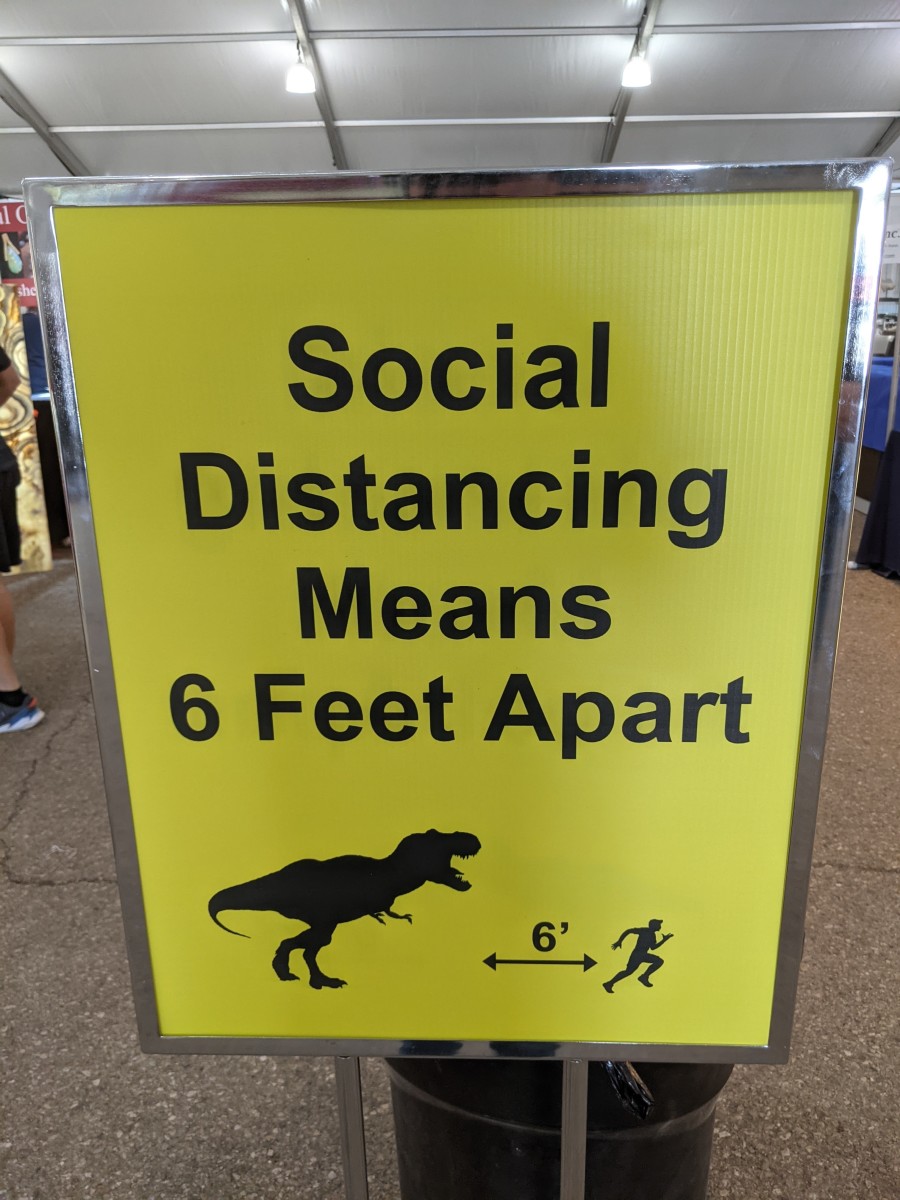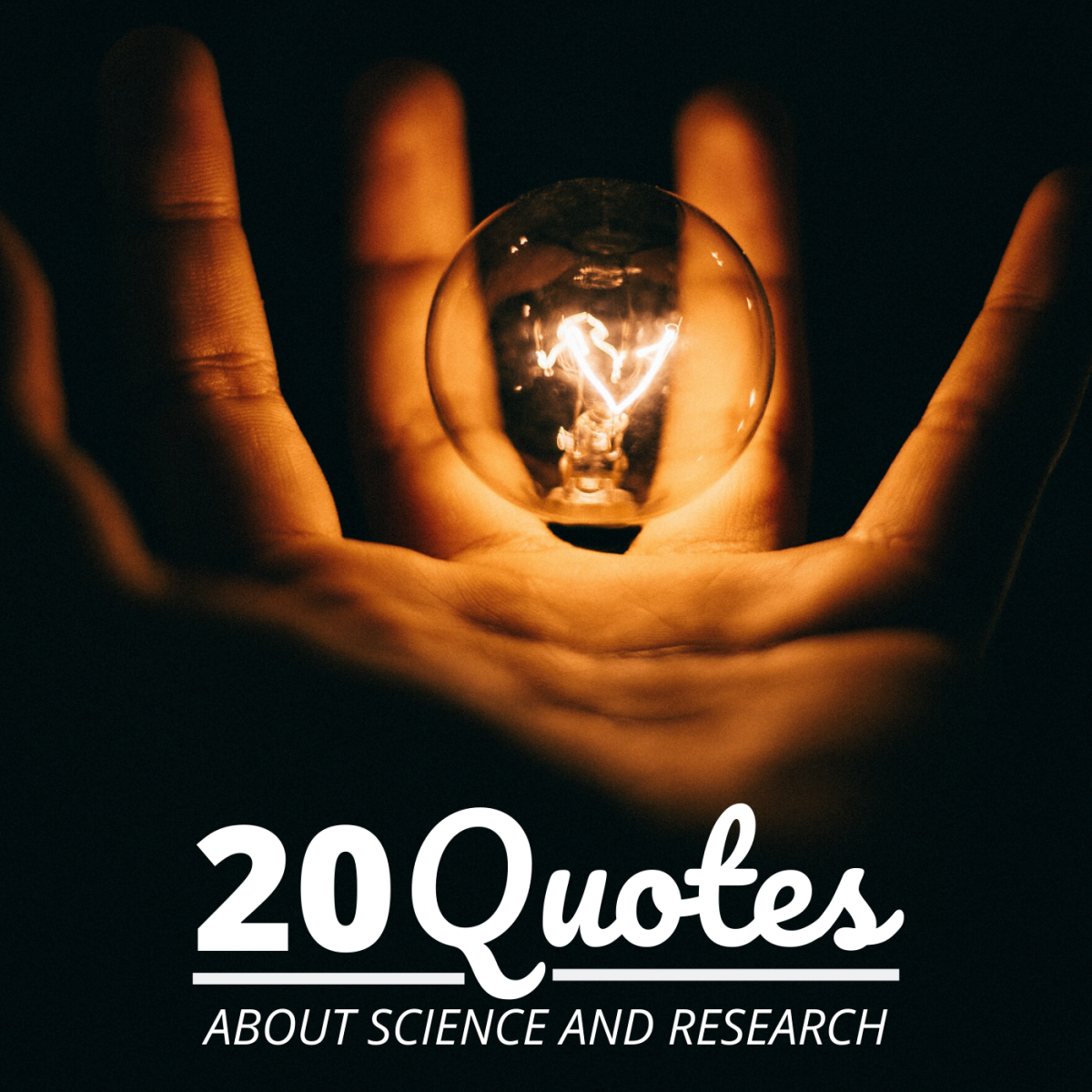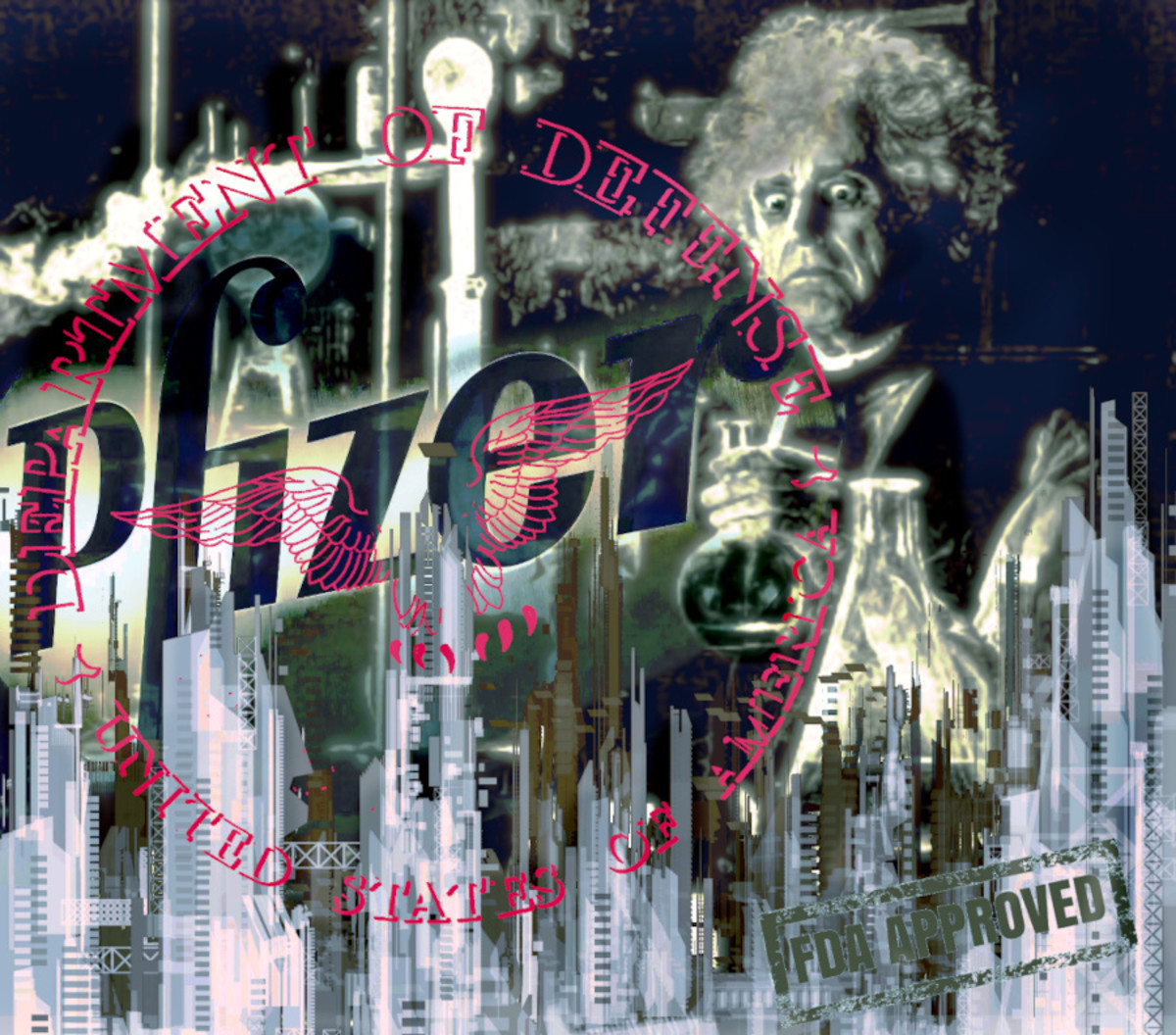Coronavirus and Technology

Researchers around the world are in a race to develop an emergency code-19 vaccine. New cases have surfaced since the governments of Wuhan, Hong Kong and Singapore lifted their distance restrictions last week. That's why global scientists are trying to develop this epidemic vaccine on a scale that is unprecedented. Hundreds of them are working in the United States. So many scientists’ more than 125 organizations including major pharmaceutical companies, government and top university laboratories are working to discover corona vaccines and treatments.
A trade association that includes pharmaceutical companies and biotech companies, Never before has there been such a rapid response, according to Phil Arthur, the biome's in-charge of infectious policy making and its vice president. In just a few weeks, we have begun to move beyond genetic sequencing toward treatment possibilities. Restrictions on public gatherings, commercial activities, and travel may be limited to slowing the spread of the disease, as evidenced by the evidence. There are indications that the epidemic could resurface once these restrictions are lifted. After initially succeeding in controlling the epidemic, Singapore has imposed new restrictions on schools and all non-essential business activities. Hong Kong has also experienced a return to sanctions after easing sanctions, while Europe and the United States are battling sanctions in the early stages. In Wuhan, too, the epidemic was raging again.
Even after the vaccine is developed, Code-19 will still be a problem, because researchers do not know that in the coming years, the virus will not mutate and make genetic changes in itself, which will affect its effectiveness through the genetic variation of the vaccine. Will I be reduced or not?

“We don't know how fast the evolution of this virus is,” said chemical physicist Diodextra, who has been working on bioterrorism for decades at the Lawrence Livermore National Laboratory for the Code 19 vaccine project. ۔ Therefore, it can be said that it is not going to go fast, because it has spread in the population. So it will evolve.
The current political debate on Code 19 focuses on facial masks, ventilators, and medical personnel rapid tests. But researchers in laboratories across the country are so active in discovering new tools, new drugs, and new ways to treat the epidemic, never before.
According to Amy Finan, chief executive of the non-profit firm Sabine Vaccine Institute, the 125 organizations bring together the world's largest pharmaceutical companies to create an environment in which the voices of new biotech companies cannot be heard. He added that the response to the epidemic was “extraordinary”, with researchers working to protect their country.
The vaccine community wants to work together to achieve its goal as soon as possible.
A vaccine trial was launched in Washington last month to determine the safety of the drug. While some other vaccines will soon enter the testing phase. But the second phase of testing and obtaining permission for the use of the drug and its mass preparation will take time. According to Arthur, it is not yet clear how and in what numbers these vaccines will be used together. It could be used in the form of the Ebola vaccine, which is kept in reserve, so that it can be used on a large scale after the outbreak of the epidemic.

Fenan says research on the epidemic is largely in the field of organic matter. A statement from the White House Office of Science and Technology Policy said the United States is waiting for a response, as federal agencies, private the resources of industries, universities and non-profit organizations must be shared. At the federal level, 1,000 scientists and doctors have been trained to manage the world's largest supercomputer network. In Francisco, Lawrence Livermore National Laboratory is using computer modeling technology, which has worked to determine the reliability of atomic bombs, and the young man can examine 26 million molecules to see how they work together to make the coronavirus work.
To do this, scientists created a 3D virtual model of the virus and examined how the molecule could connect to the virus. The modeling work required so much computational energy that it has only been online for a few years. One of the challenges, according to Livermore's scientist Rextra, was to supply the extra high voltage electricity needed to run the supercomputer bank, for which the laboratory recently spent an additional 150 150 million.
The Los Alamos National Lab, which has been working on biological sciences since 1945, focused on AIDS and influenza. It also developed the first atomic bomb. It is now using its expertise on the coronavirus. “We're seeing a second attack, because as soon as you lift the sanctions and the transport,” said Christine Taylor Maxie, a biochemist and program manager in a lab in New Mexico. I will increase, you will start to see this attack, for which the vaccine will be very important to prevent.

In the private medicine sector, New Jersey's Johnson & Johnson Company has announced that it has identified a substance that can be used in the development of vaccines and has set aside 1 billion for research and biomedical testing. Shared with Advanced Research Development Authority, The Company hopes that human trials of its vaccine will begin as early as September 2020, with the first batch of the code vaccine approved for emergency use and available in 2021.
M Jin, who claims to be the world's largest independent and private biotech firm, announced last week that he would take up the challenge and develop antibodies with adaptive biotechnology that would help patients suffering from the epidemic. The treatment will help and protect healthy people for a few weeks, said Dr. David Race, the company's executive director of research and development.
With 8,200 employees at its headquarters in Thysondox, the company is trying to identify antibodies that could be effective against the virus from millions of cells derived from diseased humans by screening them through high-speed computers. Colleagues say that we have adequate funds to move forward as soon as possible, but a factory where billions of food can be prepared. This will require a large factory. According to experts, the hope of a miracle from the speed is a delusion, because the vaccine will be ready in 12 to 18 months, but the medicine for the treatment of patients will be ready this year.
© 2020 Ahtesham Soomro






